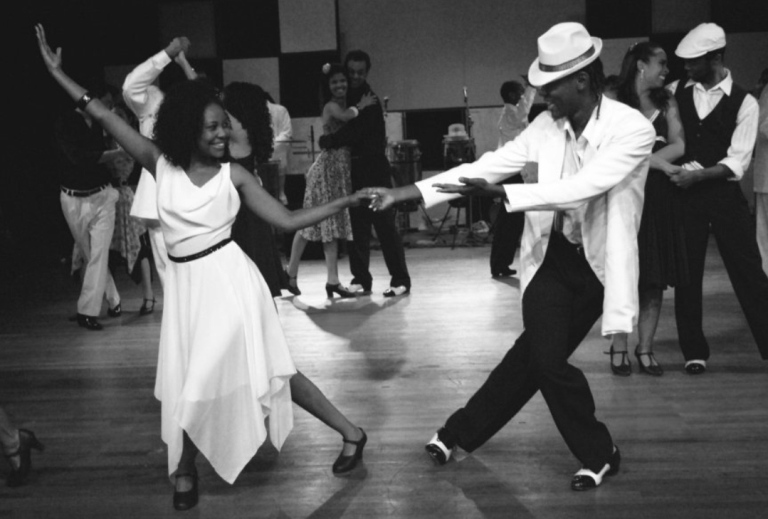The maxixe (pronounced Mah-SHEESH and in various other ways) is a lively dance combining Africanized polka and two-step elements.
The Maxixe dance history was an Afro-Brazilian adaptation of the polka, introduced to Brazil by European immigrants.
Although its debut in Paris in 1905, accompanied by the tune “La Sorella,” didn’t immediately catch on.
The dance was later reintroduced in 1912 by Monsieur L. Duque, also known as “The Duke”. He was a talented Brazilian dancer and composer named Antonio Lopes Amorim Diniz.
The maxixe, also spelled mattchiche and matcheche, was danced to various musical compositions.
It could be enjoyed with authentic Brazilian music, such as Ernesto Nazareth’s “Dengozo,” or popular Tin Pan Alley tunes like “Down in Zanzibar” and “Buenos Dias Maxixe” by Indiana ragtime composer Kathryn Widmer.
In 1912, there were two versions of the maxixe: fast and slow. The original maxixe, reminiscent of the upcoming samba, featured an upbeat and quick tempo.
However, given the dominance of the Argentine tango on the dance floor, some publishers and dance bands started promoting the maxixe as a Brazilian style of the tango.
Fun fact: The Maxixe craze coincided with the launch of the Titanic. It lasted for about just as long as the ship faded away into obscurity.
Check more: What Is Dunhuang Dance?
